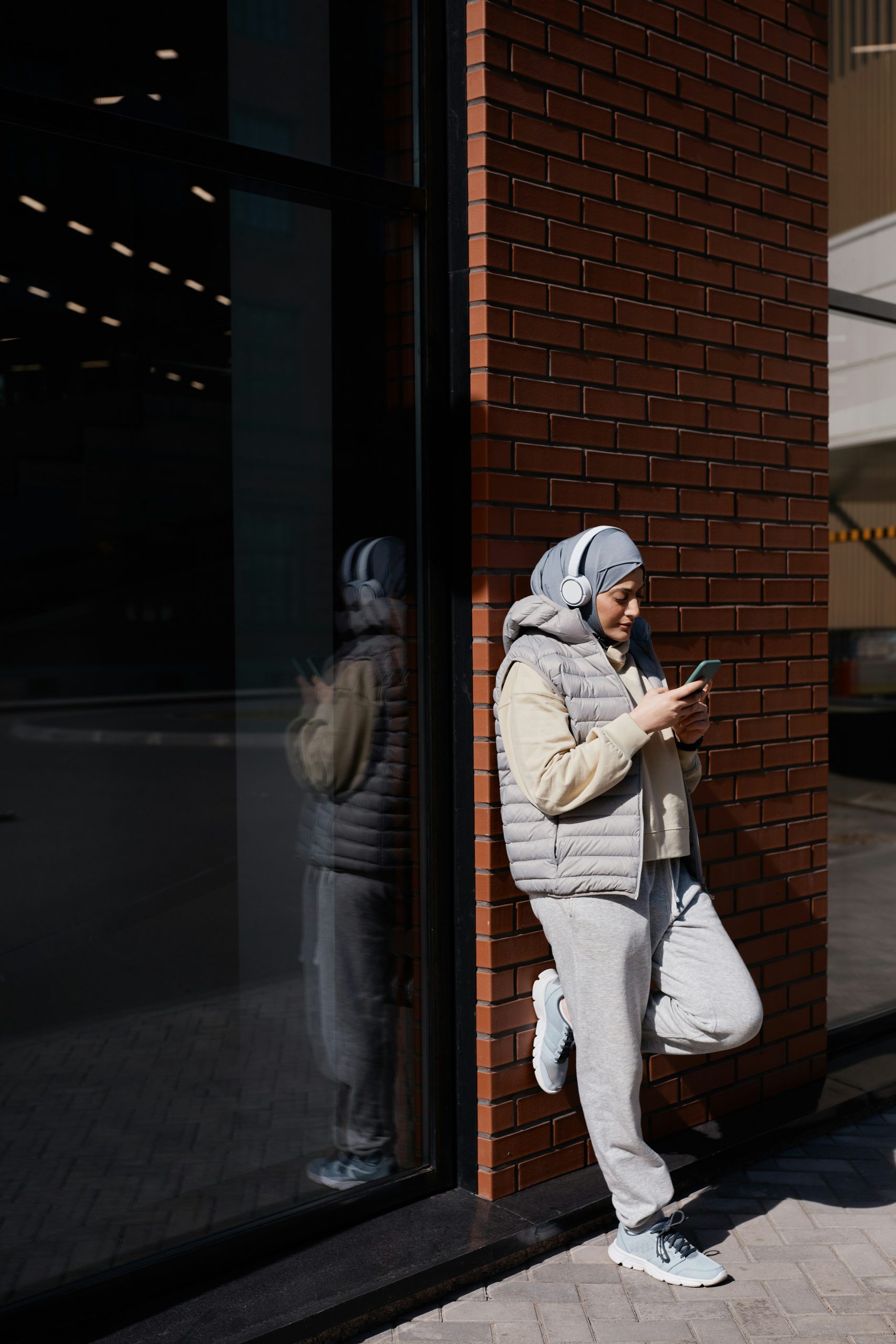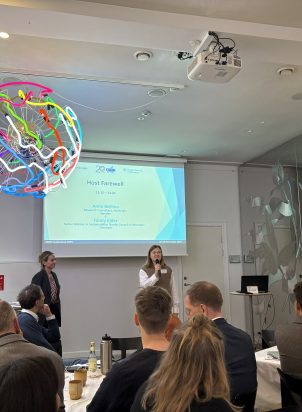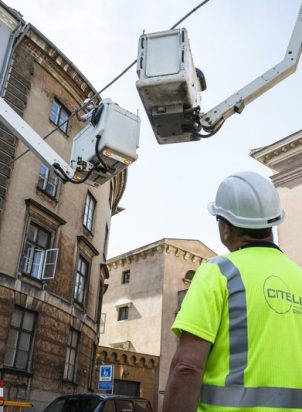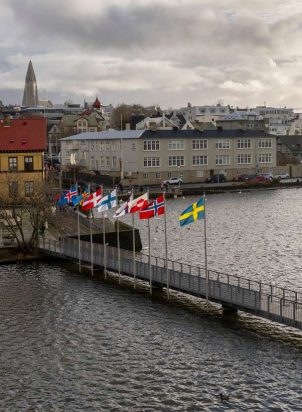The Nordic countries are among the most digitalised in the world. Yet, this digital advantage does not benefit everyone equally. One group particularly at risk of being left behind is immigrant women, especially those who are newly arrived, have limited local language proficiency, or come from lower socioeconomic backgrounds.
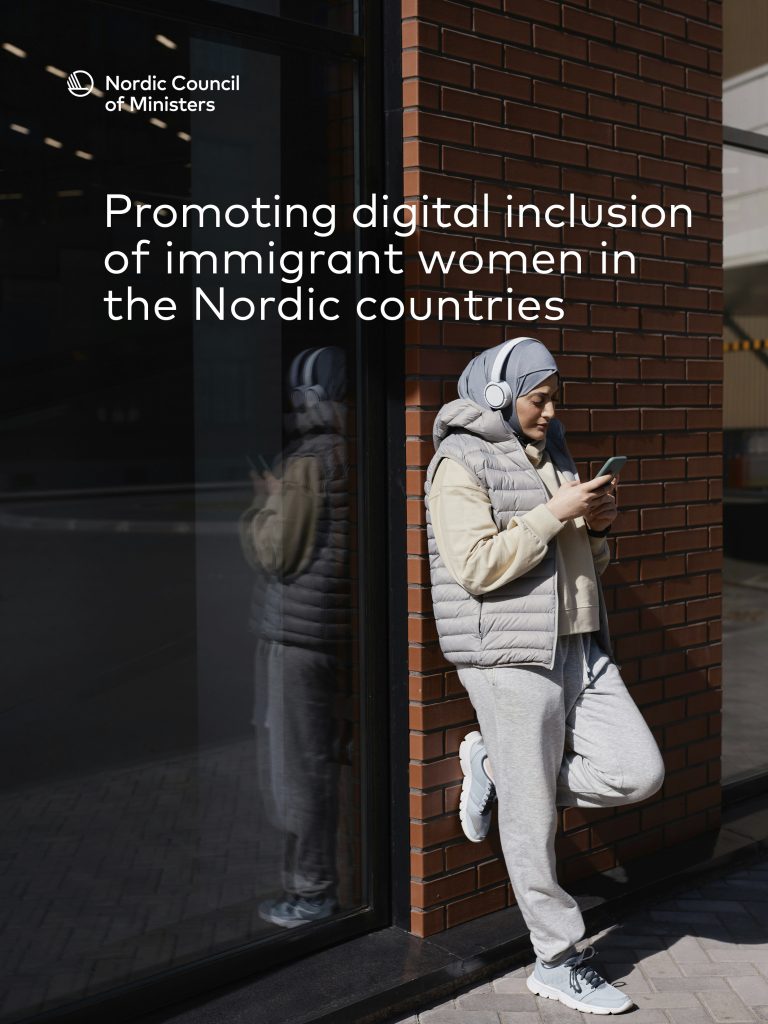
New research explores this issue, asking: how can the Nordic countries support the digital inclusion of immigrant women, and why does it matter? The publication provides insights and recommendations to enhance digital engagement and integration into society.
Exclusion in a digital welfare state
In the Nordic welfare model, digital competence is often the gateway to social and economic participation. From applying for jobs and booking healthcare to accessing benefits and public services, basic digital skills are now indispensable.
“Factors such as language proficiency, digital literacy, trust, lack of support, systemic barriers, cultural differences, and lack of domain knowledge intersect to create significant challenges,” explains Maja Brynteson, author of the study and Research Fellow at Nordregio.
The consequences go far beyond inconvenience. Digital exclusion can deepen social isolation, create new forms of control and limit the ability of immigrant women to fully participate in everyday life.
A fragmented policy landscape
Across the Nordic countries, policy responses vary. Norway specifically identifies immigrant women as a digitally vulnerable group in its national strategies. Other countries adopt a broader approach, focusing on common challenges shared by groups at risk of exclusion.
This “common challenges, common solutions” model aims to streamline efforts and improve efficiency. Yet, it is difficult to say if this generalist approach can meet the specific needs of immigrant women (and other groups at risk of digital exclusion), who often face compounded and intersectional barriers to inclusion.
“It is too early to say whether targeted or broader approaches are more effective,” says Brynteson. “Both have merits, but further evaluation is needed to understand what works best in practice.”
Civil society steps in
In the Nordic countries, there are many support channels for those struggling with digital issues. National integration programmes, municipalities, libraries and similar institutions offer various courses and digital support. However, civil society actors play an important role in reaching certain groups and creating a bridge between them and the public sector. In practice, much of the work to support immigrant women’s digital inclusion falls to NGOs. These organisations play a vital bridging role – connecting women to services, building trust, and delivering tailored support through digital skills courses, mentorship programmes, and peer-led initiatives.
In Sweden, for example, NGOs co-create digital literacy courses with participants, ensuring relevance and ownership. In Denmark, a “digital ambassador” model trains local women to support others in their communities. In both Finland and Sweden, providing childcare during training sessions has proven crucial for participation.
“One of our biggest advantages is really considering who our target group is and what their needs are,” shared one NGO representative in Finland. Brynteson highlights this as a key insight: “Designing support together with participants, rather than for them, leads to more effective and empowering solutions.”
But NGOs are also stretched thin. Many operate with limited, short-term funding, often picking up responsibilities that public institutions have not addressed. Several interviewees voiced concerns about the lack of structural support.
“Recognising the work of civil society organisations and providing reliable funding is crucial,” Brynteson argues. “It ensures the continuity of these essential services.”
Moving from insight to action
Maja Brynteson, author of the study, says that this research sheds light on the broader issue of digital exclusion and how it intersects with social integration. “By understanding these challenges and supporting those on the frontlines, we can build more inclusive and resilient digital societies,” the researcher concludes.
Some takeaways for those working to improve digital inclusion in the Nordics:
- Anchor support in real needs – Design programmes with input from participants; tailor content and services based on lived experience.
- Remove practical barriers – Childcare provision, multilingual support, and flexible learning models are vital.
- Create safe learning environments – Gender-specific groups and peer support can build confidence and community.
- Sustain the effort – Ensure NGOs have long-term financial backing to maintain and expand their services.
